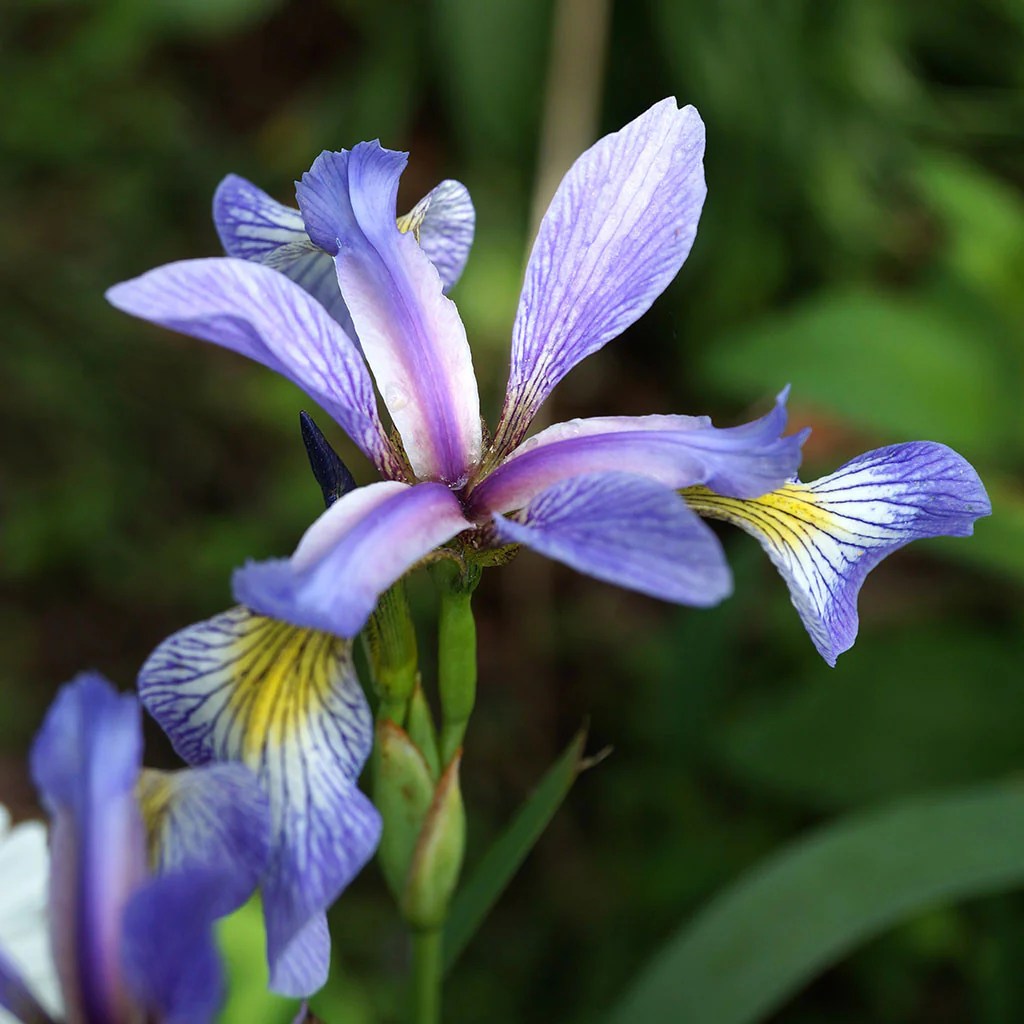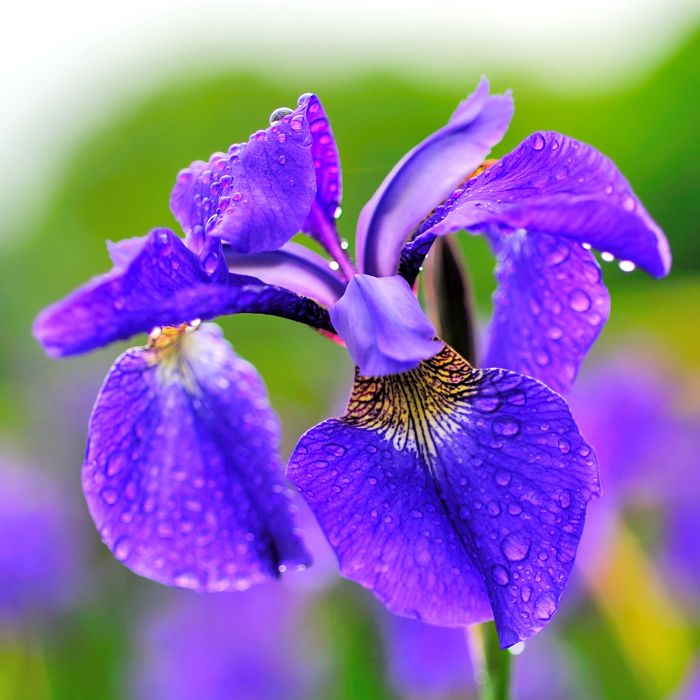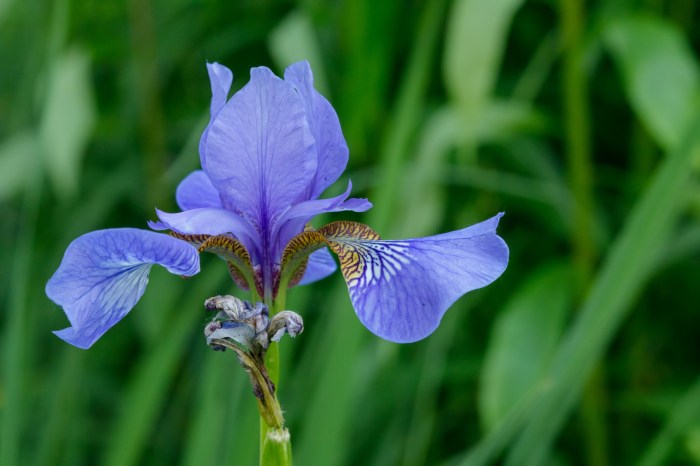Eye part that covers the pupil crossword – Embark on a captivating journey into the intricacies of the eye, where the pupil takes center stage. This comprehensive guide unravels the mysteries of the eye’s intricate anatomy, delving into the function and significance of the pupil, the enigmatic gateway to the soul.
From its role in regulating light intake to its cultural and historical allure, the pupil unveils a fascinating narrative that will leave you enlightened and captivated.
Parts of the Eye

The eye is a complex organ that allows us to see the world around us. It is made up of many different parts, each with a specific function. The main parts of the eye include the cornea, pupil, iris, lens, retina, and optic nerve.
The cornea is the clear, dome-shaped outer layer of the eye. It helps to focus light on the retina. The pupil is the black hole in the center of the iris. It is surrounded by the iris, which is the colored part of the eye.
The iris controls the size of the pupil, which in turn controls the amount of light that enters the eye.
The lens is a clear, flexible structure that sits behind the iris. It helps to focus light on the retina. The retina is the light-sensitive layer of tissue that lines the back of the eye. It contains millions of cells that convert light into electrical signals that are sent to the brain.
The optic nerve is a bundle of nerve fibers that carries the electrical signals from the retina to the brain. The brain interprets these signals and allows us to see.
Diagram of the Eye, Eye part that covers the pupil crossword
The following diagram shows the different parts of the eye:
- Cornea
- Pupil
- Iris
- Lens
- Retina
- Optic nerve
The Pupil

The pupil is the black hole in the center of the iris. It is surrounded by the iris, which is the colored part of the eye. The pupil controls the size of the opening in the iris, which in turn controls the amount of light that enters the eye.
The pupil changes size in response to different light conditions. In bright light, the pupil becomes smaller to reduce the amount of light that enters the eye. In dim light, the pupil becomes larger to allow more light to enter the eye.
Function of the Pupil
The main function of the pupil is to control the amount of light that enters the eye. This is important for protecting the retina from damage by excessive light. The pupil also helps to focus light on the retina, which is necessary for clear vision.
The Iris

The iris is the colored part of the eye. It surrounds the pupil and controls the size of the opening in the iris, which in turn controls the amount of light that enters the eye.
The iris is made up of two muscles: the sphincter pupillae and the dilator pupillae. The sphincter pupillae is a circular muscle that surrounds the pupil and causes it to constrict. The dilator pupillae is a radial muscle that surrounds the sphincter pupillae and causes it to dilate.
Function of the Iris
The main function of the iris is to control the size of the pupil. This is important for protecting the retina from damage by excessive light. The iris also helps to focus light on the retina, which is necessary for clear vision.
Quick FAQs: Eye Part That Covers The Pupil Crossword
What is the primary function of the pupil?
The pupil’s primary function is to regulate the amount of light entering the eye, ensuring optimal visual clarity in varying light conditions.
How does the iris influence the size of the pupil?
The iris, the colored part of the eye, contains muscles that control the dilation and constriction of the pupil, adjusting its size to regulate light intake.
What are some common eye conditions that affect the pupil?
Common eye conditions that affect the pupil include dilation (mydriasis) and constriction (miosis), often caused by medications, neurological disorders, or underlying medical conditions.